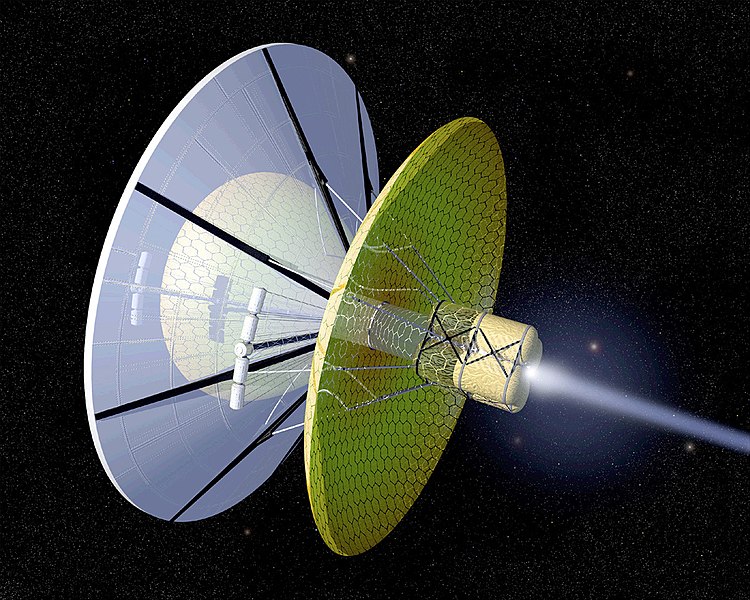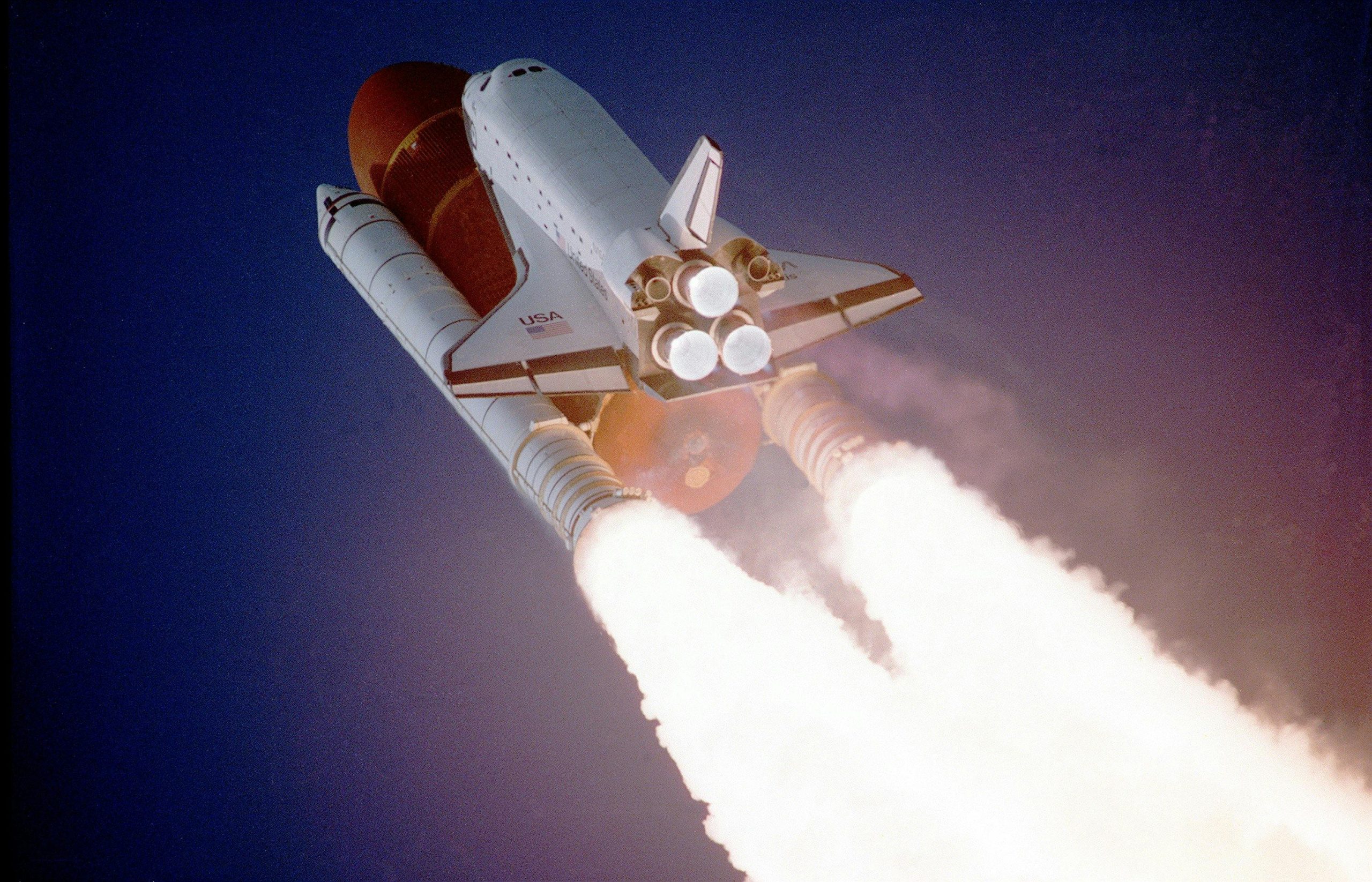
In the realm of science fiction, warp drives have long been a staple of interstellar travel, propelling spaceships to incredible velocities and allowing characters to traverse galaxies in a blink of an eye.
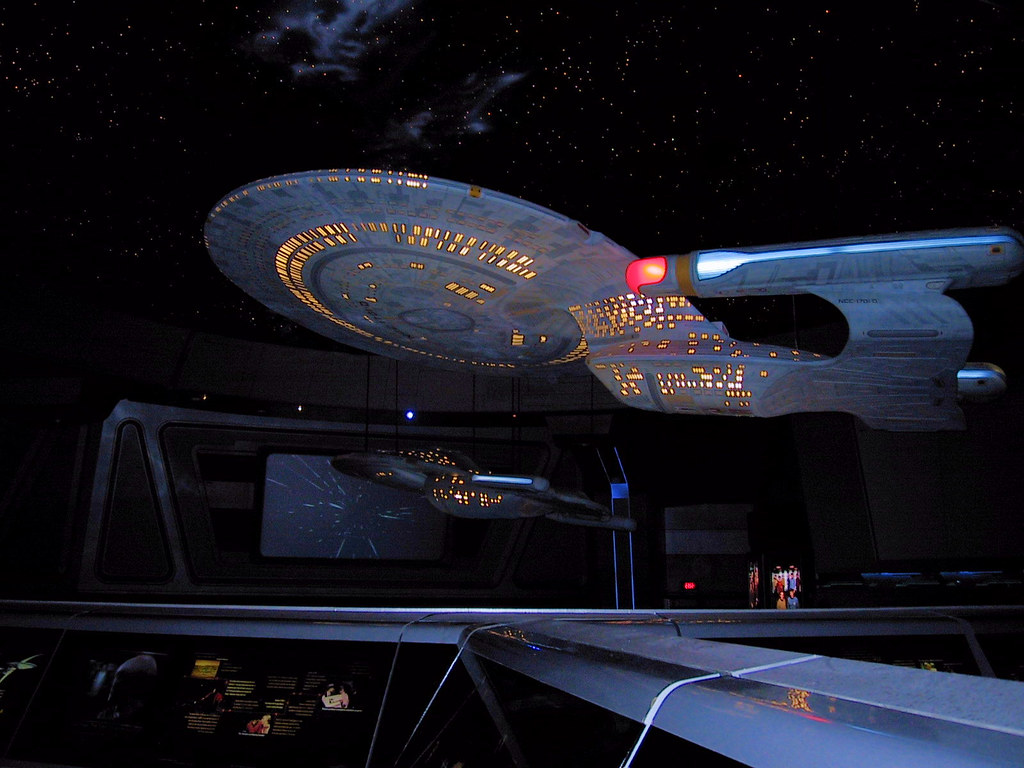
The concept, popularized by “Star Trek,” once seemed firmly rooted in the land of make-believe.
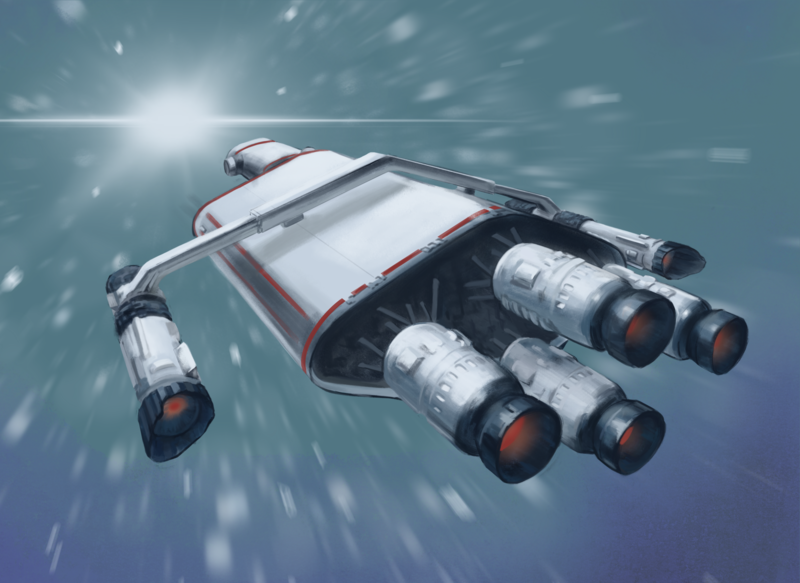
However, a new study suggests that warp drives may not be as far-fetched as previously thought, with researchers proposing a model that could theoretically allow objects to travel at high but subluminal speeds without the need for exotic negative energy.

The groundbreaking study, led by Jared Fuchs of the University of Alabama, Huntsville, and the research think tank Applied Physics, marks a significant shift in the discourse around the feasibility of warp drives.
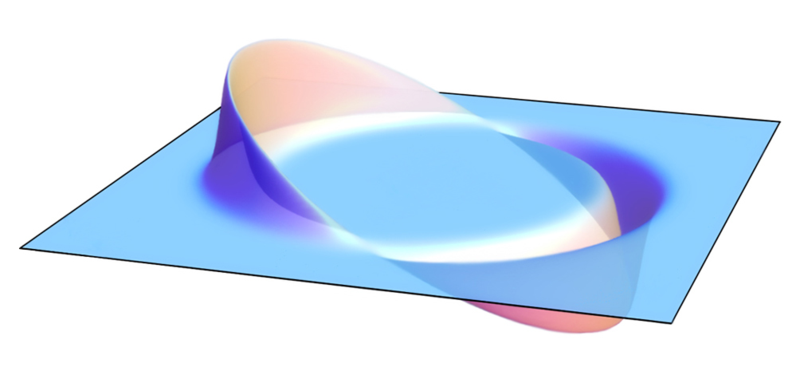
The team’s model utilizes a complex combination of traditional and novel gravitational techniques to create a “warp bubble” capable of transporting objects swiftly within the bounds of known physics.

While their proposed engine would not achieve faster-than-light travel, the research underscores the potential for high-speed movement that aligns with our current understanding of the universe’s laws.

Despite the study’s promising indications, it’s important to temper expectations.
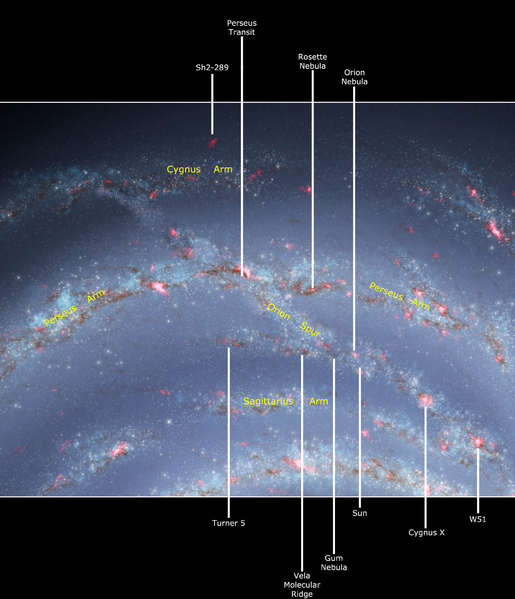
This is, after all, a single modeling study, and practical application is still a distant horizon. Even if the mathematics reported in the research holds up under scrutiny, the construction of an actual warp drive remains a monumental challenge yet to be overcome.

Nonetheless, the study provides a fascinating glimpse into a future where science fiction edges closer to science fact, opening new avenues for discussion and exploration in the field of interstellar propulsion.

Fuchs and his team acknowledge this fact, emphasizing that their research may serve as a foundational building block towards achieving efficient interstellar travel in the future.

“We’re not yet preparing for interstellar voyages,” acknowledged Gianni Martire, CEO of Applied Physics, in a statement. “But this research heralds a new era of possibilities. We’re continuing to make steady progress as humanity embarks on the Warp Age.”

